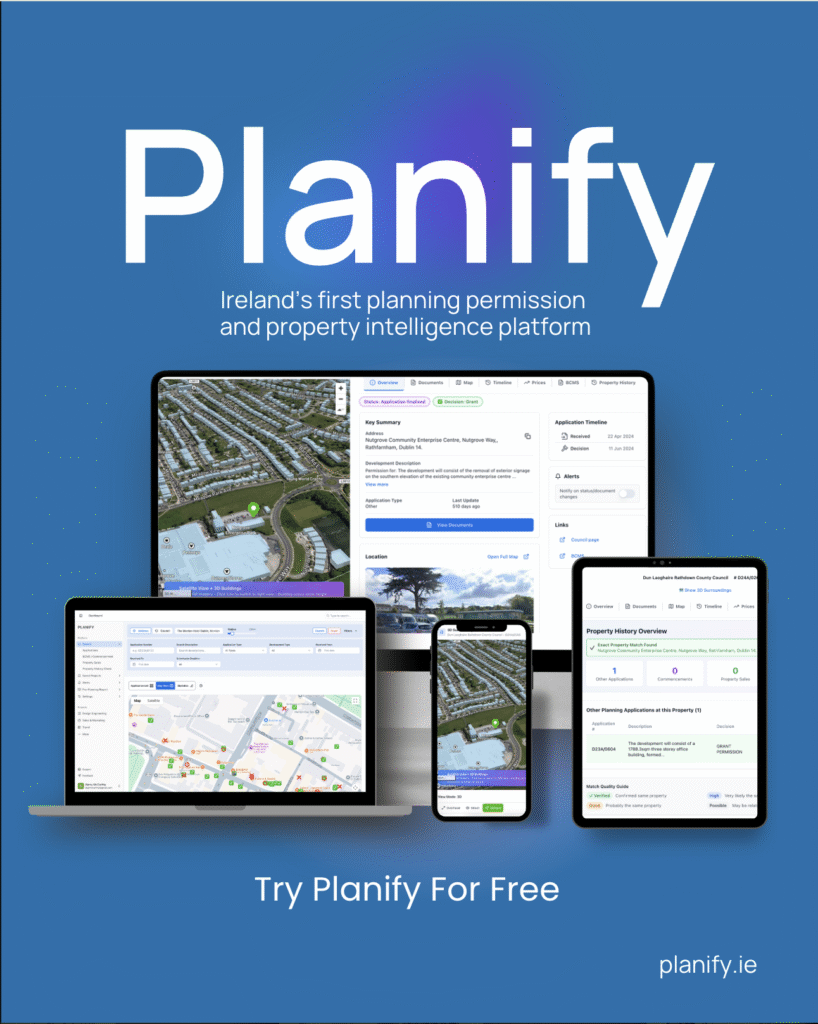Planning Conditions

Purpose of Planning Conditions
Planning conditions are a crucial aspect of the planning permission process, serving to ensure that development projects are carried out responsibly, safely, and in harmony with their surroundings. These conditions are attached to a planning permission by the planning authority and must be complied with by the developer or property owner. Understanding the purpose, implications, and requirements of planning conditions is essential for anyone involved in property development or considering making changes to their property.
The primary purpose of planning conditions is to enable a development that would otherwise have been unacceptable in planning terms to proceed. They are used to ensure that the development:
- Complies with local development plans and policies.
- Protects the environment and local amenity.
- Ensures the safety and convenience of future users or occupants and the wider community.
- Addresses specific concerns raised during the planning application process.
Types of Planning Conditions
Planning conditions can vary widely depending on the nature of the development, its location, and the specific concerns it may raise. Common types of conditions include:
- Time Limits: These conditions specify the timeframe within which the development must be started or completed.
- Approved Plans: Conditions that require the development to be carried out in accordance with the approved plans and specifications.
- Landscaping: Requirements for the provision and maintenance of landscaping to ensure the development integrates well with its surroundings.
- Materials: Conditions specifying the materials to be used in the construction to ensure they are appropriate for the local area.
- Environmental Protection: Measures to protect wildlife, reduce pollution, manage flood risk, or mitigate other environmental impacts.
- Traffic and Parking: Conditions to manage the impact of the development on local traffic and provide adequate parking facilities.
- Noise and Light Pollution: Restrictions to minimise disturbance from noise and light pollution.
Compliance and Discharge of Planning Conditions
Compliance with planning conditions is a legal requirement. Failure to comply can result in enforcement action by the planning authority, which can include fines or requiring the development to be altered or removed.
To comply with conditions, developers may need to submit additional details or applications to the planning authority for approval before proceeding with certain aspects of the development. This is known as discharging conditions. The process for discharging conditions varies between planning authorities but generally involves:
- Submitting a formal application to discharge conditions, often with a fee.
- Providing detailed plans, reports, or other documents as required to demonstrate compliance with the specific conditions.
- Awaiting a decision from the planning authority, which will either discharge the condition (allowing the development to proceed) or refuse (requiring further action from the developer).
Importance of Planning Conditions
Planning conditions play a vital role in the planning system, balancing the need for development with the protection of the public interest. They ensure that developments are not only visually appealing and functional but also safe, sustainable, and considerate of their impact on the community and environment.
For developers and property owners, understanding and effectively managing planning conditions is essential to the success of their projects. It is advisable to engage with planning consultants or legal advisors to navigate the complexities of planning conditions and ensure compliance throughout the development process.




